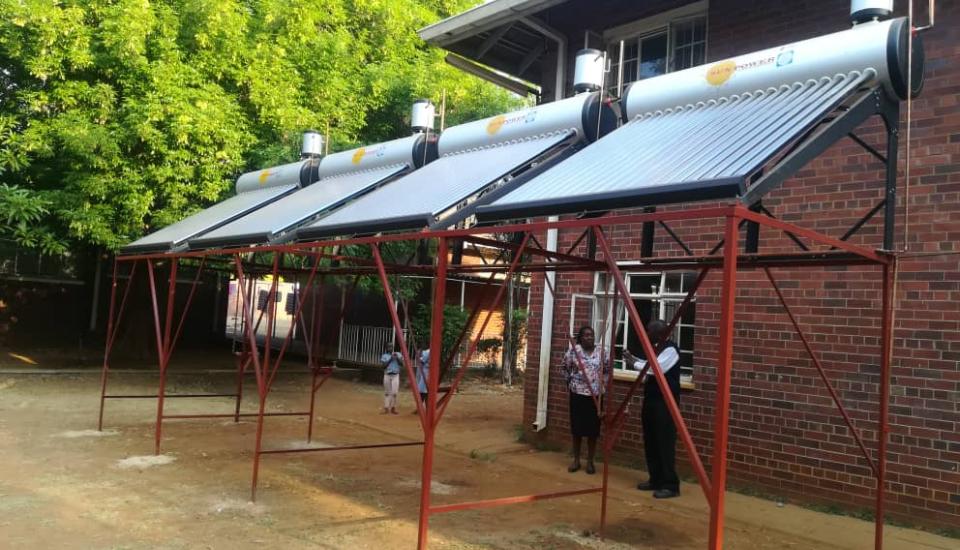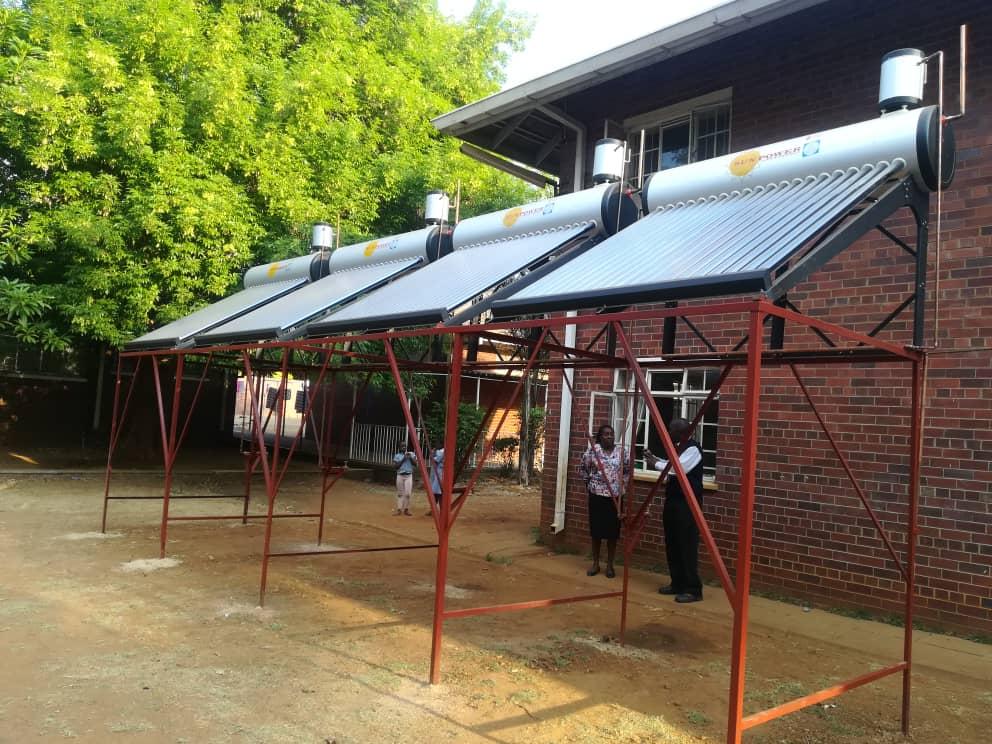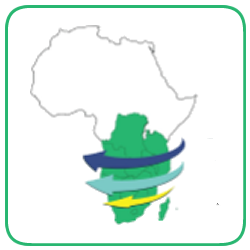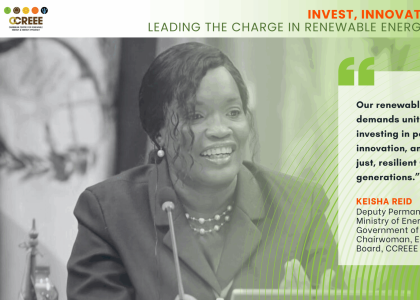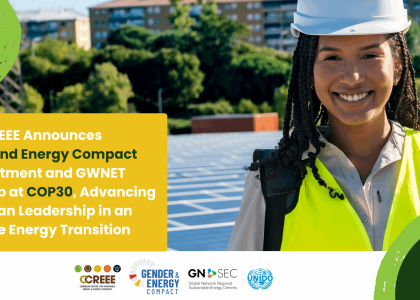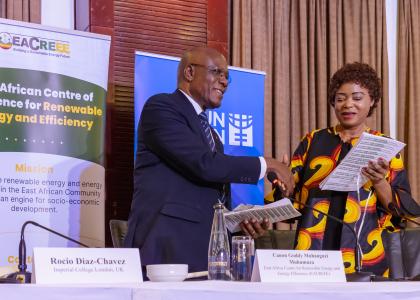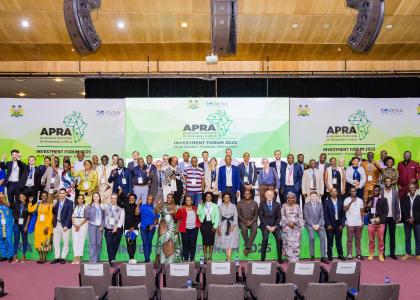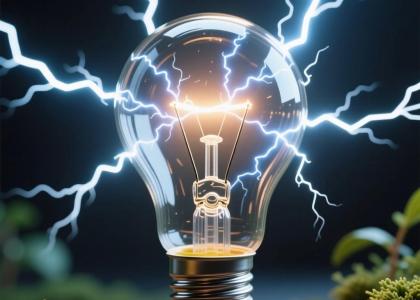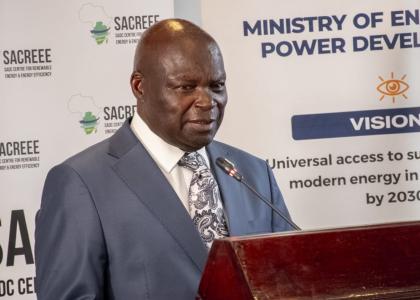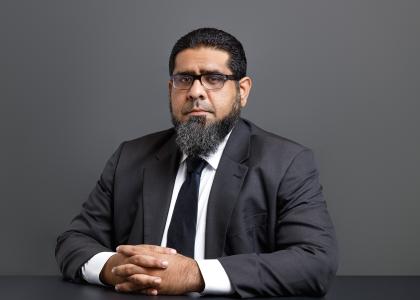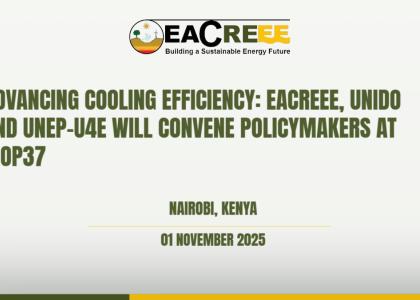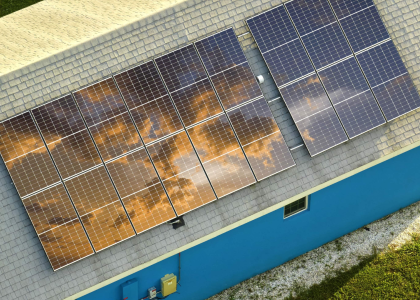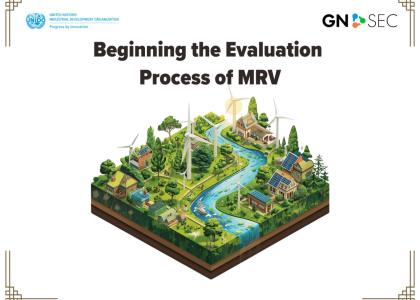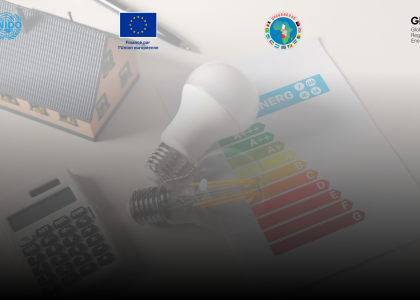The Solar Heating and Cooling Technology Collaboration Programme (SHC TCP) was established in 1977, one of the first programmes of the International Energy Agency (IEA), to promote the use of all aspects of solar thermal energy. The SHC TCP's work is unique in that it is accomplished through the international collaborative effort of experts from member countries and the European Union. The benefits of collaborating include; accelerating the pace of technology development, promoting standardization, enhancing national research and development (R&D) programmes, permitting national specialization as well as saving time and money. Amongst other collaborating organisations are: SolarThermalWorld.org, International Solar Energy Society, ISO/TC 180 Solar Energy, The Solar Keymark as well as European Solar Thermal Industry Federation.
The SADC Centre for Renewable Energy and Energy Efficiency (SACREEE) has a mandate to increase access to modern energy services and to improve energy security across the SADC Region. To that effect SACREEE is implementing several regional projects including Southern African Solar Thermal Training and Demonstration Initiative (SOLTRAIN), Entrepreneurship Support Facility with IRENA, SADC Industrial Energy Efficiency Programme (SIEEP) and Energy Efficiency Lighting and Appliances (EELA) project with UNIDO and Sida. Kudakwashe Ndhlukula, Executive Director of SACREEE reckons that collaboration with the IEA SHC TCP, courtesy of the support from UNIDO, complements the role of SACREEE through its broad range of projects such as SOLTRAIN, SIEPP and EELA. The research component will be executed by a range of partner universities, R&D institutions and national focal institutions across the SADC region. According to Ndhlukula some of the interesting topics under the SHC TCP are PV-Thermal, Integrated Solutions for Daylight and Electric Lighting, Solar Energy in Industrial Water and Wastewater Management as well as Solar Process Heat.
Through the support of the Austrian Development Agency (ADA), SOLTRAIN was launched in 2009 focusing on capacity building and demonstration of solar thermal systems in the SADC region. Coordinated by AEE INTEC of Austria; SOLTRAIN is currently in its fourth phase of cooperation with Botswana, Lesotho, Mozambique, Namibia, South Africa and Zimbabwe. The project has facilitated the drafting of Solar Thermal Roadmaps and Implementation Plans in all six countries. Further details on the roadmaps are available via https://www.soltrain.org/assets/roadmaps. Table 1 provides a snippet of the solar thermal technology targets of the 6 countries as illustrated in the roadmaps.
Table 1: 2030-targets for installing solar thermal collector area in the six SOLTRAIN countries according to the Solar Thermal Roadmaps
|
Country |
Distribution of solar thermal collector area in average per inhabitant by 2030 |
Resulting in a totally installed collector area by the end of 2030 |
Totally installed collector area at the end of 2018 * |
Launch of Roadmap |
|
Namibia |
0.5 m2 per head |
1.5 million m2 |
46,393 m2 |
Feb 2019 |
|
South Africa |
0.5 m2 per head |
~30 million m² |
2,173,059 m2 |
Sep 2015 |
|
Lesotho |
0.3 m2 per head |
~1.1 million m2 |
2,252 m2 |
June 2019 |
|
Botswana |
0.3 m2 per head |
910,000 m2 |
13,529 m2 |
Feb 2018 |
|
Mozambique |
0.1 m2 per head |
3.4 million m2 |
3,136 m2 |
Dec 2015 |
|
Zimbabwe |
0.1 m2 per head |
2 million m2 |
59,639 m2 |
July 2019 |
*Figures taken from Solar Heat Worldwide. Global Market Development and Trends in 2019. Detailed Market Figures 2018
Key outcomes of SOLTRAIN
Facing electricity supply and energy security constraints, various countries are instituting practical policy and regulatory instruments as well other measures to support the adoption of solar thermal technologies and replace energy intensive electric geysers. For example, in Zimbabwe electric geysers need up to 400 MW of power a day, from a national peak demand of 1,200 MW, according to reuters.com article of 13 November 2019. Consequently, the government banned the use of electricity to heat water in new buildings through Statutory Instrument (SI) 235 of 8 November 2019. The SI, which is addressed to all property developers, architects, engineers, and future users of hot water, recommends solar energy; “No owner of the premises after the effective day of these regulations shall connect electric geysers, but may, at his or her own expense, install and use solar water heating systems”.
In Namibia, the government drives demand for solar water heaters by equipping all public buildings with solar thermal systems as well as introducing policies and instruments that support adoption of solar thermal systems in private sector establishments and households. The government’s Solar Revolving Fund offers subsidized loans for solar thermal systems and other renewable energy technologies. This political decision was supported by promising results from a pilot project carried out within SOLTRAIN. Detailed measurements of the electricity consumption of households with or without a solar water heater showed that 40 to 50 % of the electricity demand for domestic water heating can be saved when using the sun – resulting in savings of around 1,000 kWh annually. Armed with these facts, a clear electricity saving strategy is now being implemented in Osona Village, a housing development in Okahandja, just outside Windhoek. The first construction phase in this sustainable housing area was launched in 2019 with 10,000 apartments that should be all equipped with a solar water heater.
The government of South Africa has developed National Building Standards and Regulations for environmental sustainability as well as energy usage in buildings. The purpose is to promote energy efficiency and reduce energy usage in the built environment by ensuring that every building complies to a set of construction standards. Commercial banks such as Nedbank have also embraced the initiative by financing rooftop renewable energy technologies.
Lesotho, Namibia and Zimbabwe are transforming their Solar Thermal Roadmaps and Implementation Plans into bankable projects to secure funding for implementation.
Original article by Baerbel Epp (https://www.solarthermalworld.org/news/region-high-solar-ambitions-joins-iea-shc)
Organizations mentioned in this article:
https://www.entwicklung.at/en/

